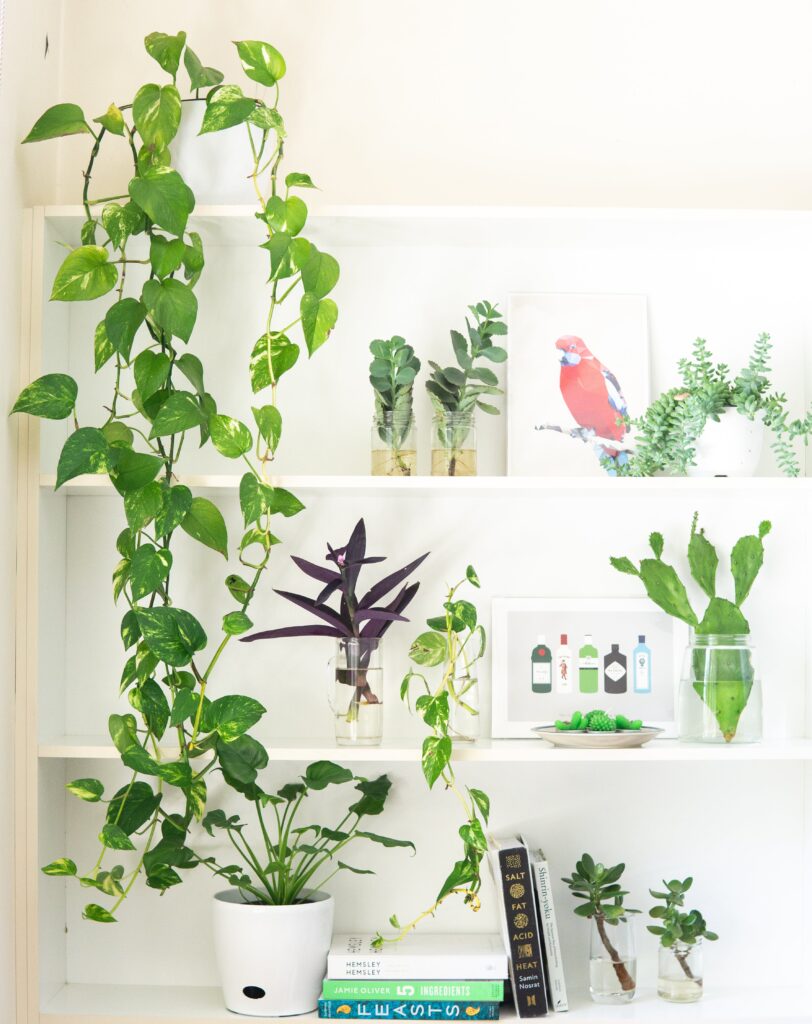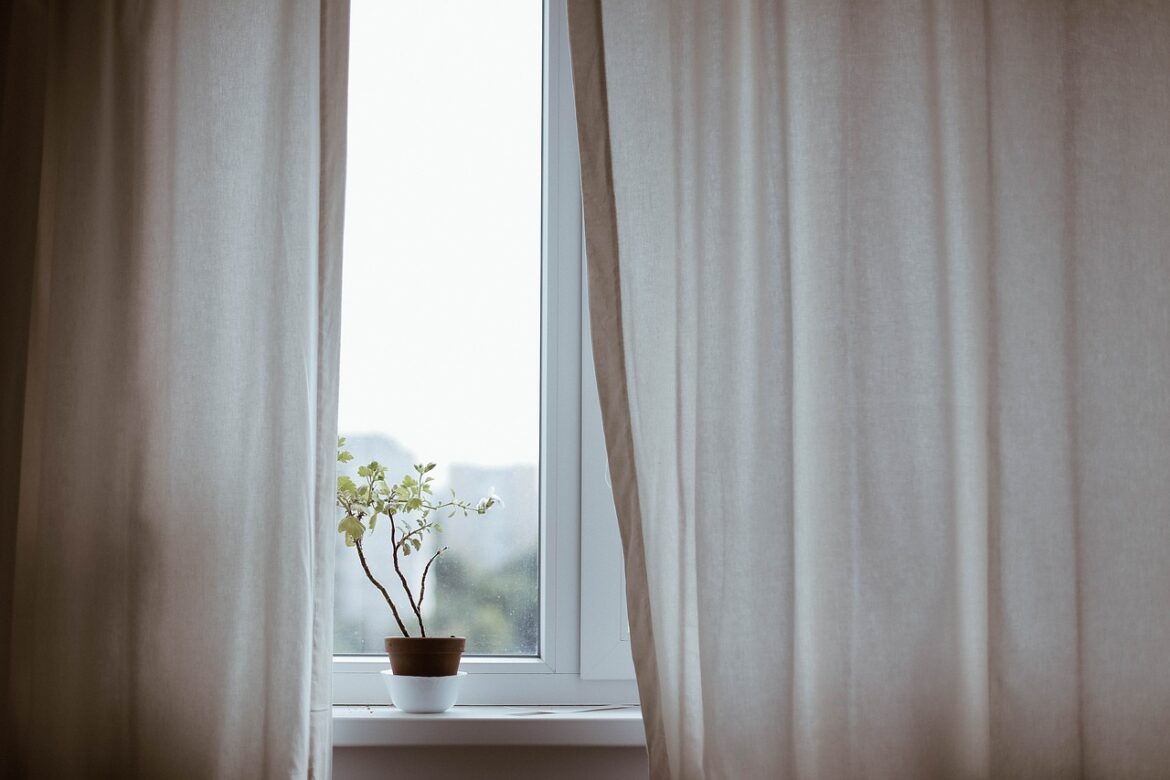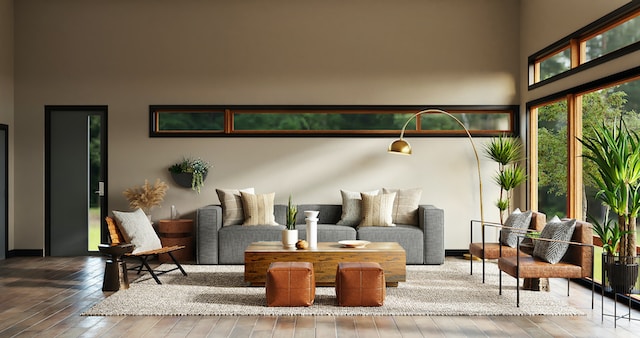Indoor plants are more than mere decor; they are a fusion of beauty and wellness. Nestled in our living spaces, on elegant shelves, they not only enhance aesthetics but also contribute significantly to our health and well-being. This article delves into the myriad ways plants can enrich our lives, beyond their visual appeal.
Enhancing Mental Well-being
The serene presence of greenery in our homes plays a crucial role in alleviating stress. Studies suggest that engaging with houseplants, be it through watering, pruning, or simply enjoying their presence, can significantly lower psychological stress, boosting serotonin levels and enhancing mood. This natural approach to stress management underscores the therapeutic power of plants in creating a tranquil home environment.
Boosting Productivity
Incorporating plants into our workspaces isn’t just about aesthetics; it’s a productivity strategy. Research indicates that the presence of plants can increase productivity by up to 15%. This boost is attributed to the improved concentration and emotional investment they foster, leading to enhanced performance and attention span.
Air Purification
One of the most celebrated roles of houseplants is their ability to purify air. NASA’s research highlights how plants filter toxins, providing cleaner, healthier air in our homes. This natural filtration system is particularly valuable in urban settings, where air quality is often compromised.
Natural Humidification
Plants are natural humidifiers. Through transpiration, they release moisture into the air, combating the dryness often experienced in climate-controlled environments. This increase in humidity can prevent respiratory issues, dry skin, and other health concerns associated with dry indoor air, particularly in colder months.
Disease Prevention
Beyond their immediate surroundings, plants have a broader impact on our health. By reducing stress and improving air quality, they indirectly bolster our immune system, lowering the likelihood of common illnesses like colds and flu. This connection between plant care and health is a testament to the holistic benefits of integrating nature into our daily lives.
Promoting Healthy Eating
The journey of nurturing houseplants can extend to growing your own vegetables and herbs. This not only guarantees a supply of fresh, pesticide-free produce but also encourages a healthier diet. Cultivating a simple herb garden or vegetable patch indoors can transform your culinary experiences, providing fresh ingredients right at your fingertips.
Fostering Environmental Awareness
Caring for indoor plants heightens our awareness of the environment. It cultivates a deeper understanding of nature’s processes and our role in preserving them. This awareness often leads to more environmentally conscious decisions in other aspects of life, fostering a greater sense of responsibility towards our planet.

Cultivating Compassion and Responsibility
The routine of tending to plants instills a sense of responsibility and nurtures compassion. Watching a plant grow and thrive under your care can be a deeply satisfying experience. This daily commitment to another living being enhances our empathy and caring nature, beneficial traits that extend to our interactions with people.
Self-Esteem and Confidence Building
Particularly for children, being involved in plant care can significantly boost self-esteem. Successfully nurturing a plant and witnessing its growth imparts a sense of achievement and responsibility. These positive experiences are fundamental in building confidence and self-worth from a young age.
Encouraging Gratitude
Caring for plants can foster a mindset of gratitude. Observing the subtle changes and growth in plants can heighten our appreciation for the smaller details in life. This regular practice of gratitude has been linked to increased well-being and a more optimistic outlook on life.
Connection to Nature
Indoor plants serve as a constant reminder of the natural world, an essential element for mental and physical health. They bring the tranquility and beauty of nature into our homes, offering a respite from the fast-paced urban environment.
Conclusion
Incorporating plants into our living spaces offers a multitude of benefits. From enhancing mental health and productivity to promoting environmental awareness and personal growth, the advantages are as diverse as the plants themselves. Whether it’s through the air they purify, the beauty they add, or the sense of responsibility they nurture, indoor plants are a valuable addition to any home, offering a harmonious blend of aesthetic appeal and holistic well-being.












